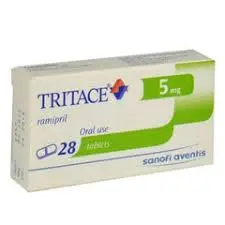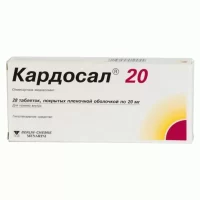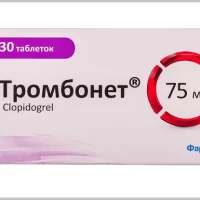$24.00
Manufacturer: Italy
Purpose: Blocks angiotensin-converting enzyme to lower blood pressure and treat heart failure.
Description
Tritace (ramipril) tablets 5 mg. №28
Ingredients:
Each tablet contains 5 mg of ramipril as the active ingredient.
Dosage:
The usual dose is one tablet daily. Consult your doctor for the correct dosage.
Indications:
Tritace tablets are indicated for the treatment of hypertension, heart failure, and to improve survival after a heart attack.
Contraindications:
Do not use Tritace if you are pregnant, have a history of angioedema, or are allergic to ramipril.
Directions:
Take Tritace tablets orally with or without food, as directed by your doctor.
Scientific Evidence:
Ramipril, the active ingredient in Tritace, is an ACE inhibitor that works by relaxing blood vessels, making it easier for the heart to pump blood. Clinical trials have shown that ramipril is effective in reducing blood pressure, improving heart function, and reducing the risk of cardiovascular events.
One study published in the New England Journal of Medicine found that ramipril reduced the risk of heart attack, stroke, and cardiovascular death in high-risk patients by 25%. This highlights the significant benefit of using Tritace in patients with cardiovascular conditions.
Additional Information:
- Store Tritace tablets at room temperature away from moisture and heat.
- Avoid potassium supplements or salt substitutes while taking Tritace unless directed by your doctor.







Recent Reviews